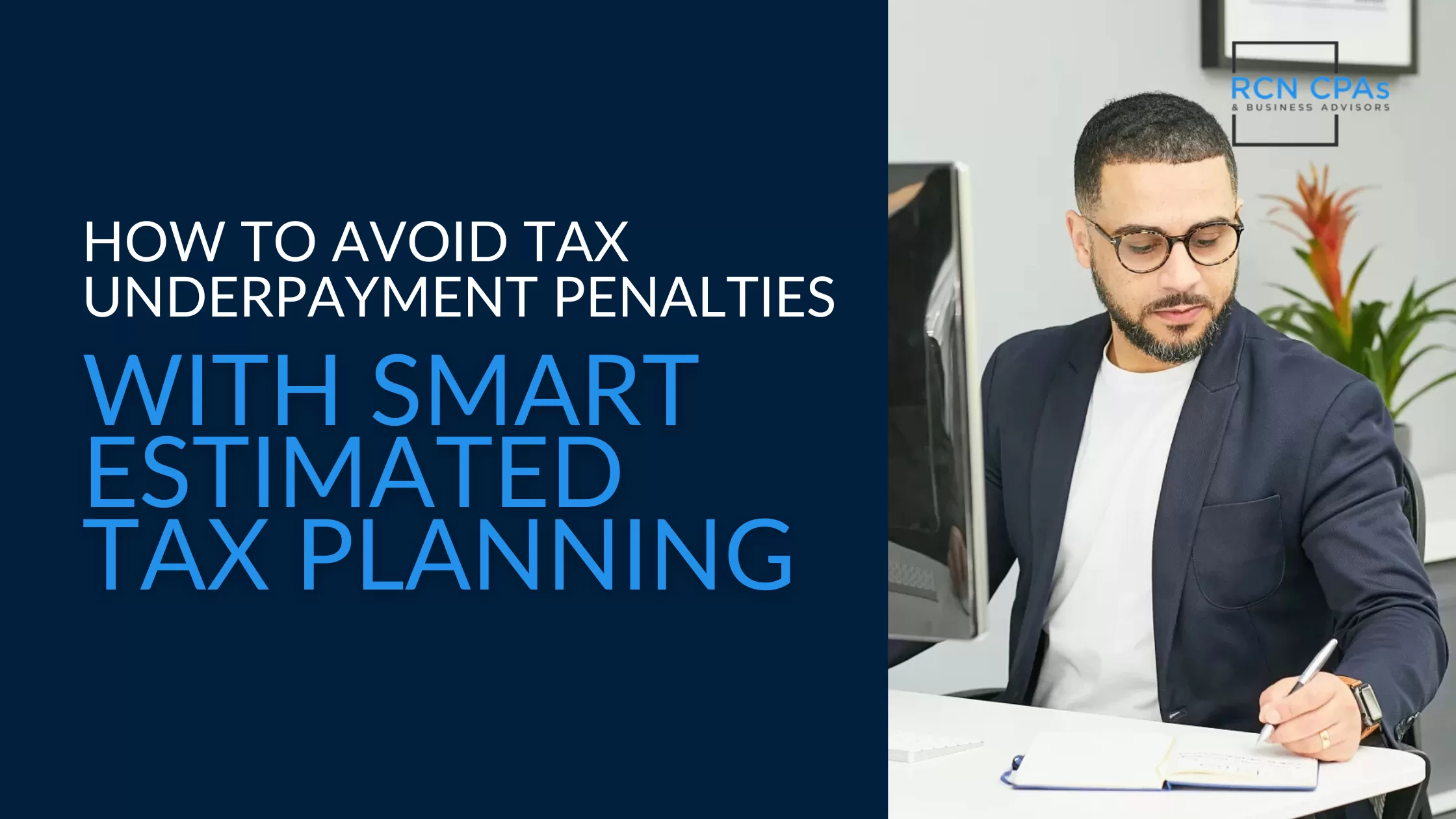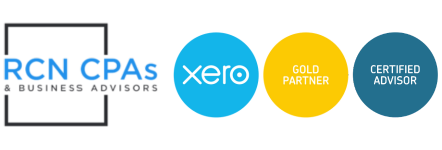How to Avoid Tax Underpayment Penalties with Smart Estimated Tax Planning

Tax planning is a cornerstone of sound financial management, yet it’s often relegated to the back burner. One area where taxpayers frequently stumble, leading to unwelcome surprises, is estimated tax payments and the associated underpayment penalties. If you’re self-employed, receive income without withholding, or have experienced a surge in earnings, mastering these payments can shield you from costly penalties.
This comprehensive guide will demystify underpayment penalties, explain the crucial IRS safe harbor rules, and equip you with actionable strategies to minimize or completely avoid these charges.
What Exactly Are Tax Underpayment Penalties?
The tax authorities operate on a “pay-as-you-go” system. They expect income tax to be paid consistently throughout the year, not just when you file your annual tax return. If your quarterly payments fall short of your total tax liability, the IRS may levy underpayment penalties. These are essentially interest charges calculated on the amount of tax that should have been paid on time.
These penalties can accumulate rapidly, particularly for:
Taxpayers with fluctuating income: Irregular earnings can make it challenging to estimate tax liability accurately.
Those with sudden income increases: Failing to adjust estimated payments after a significant financial event can lead to underpayment.
Individuals earning non-withheld income: This includes freelancers, independent contractors, investors, and small business owners.
Leveraging IRS Safe Harbor Rules to Sidestep Penalties
Fortunately, the IRS provides safe harbor rules, offering clear benchmarks to help you avoid underpayment penalties. By meeting these thresholds, you’re generally protected, even if your total tax due at year-end is higher than your estimated payments.
You generally meet the safe harbor requirements if you pay at least the smaller of:
90% of your current year’s tax liability, or
100% of your previous year’s tax liability.
For high-income earners (those with an Adjusted Gross Income exceeding $150,000, or $75,000 if married filing separately), the safe harbor threshold is higher:
110% of your previous year’s tax liability.
The Ratable Payment Rule: Why Timing is Crucial
Estimated taxes are due in four quarterly installments. The IRS expects these payments to be made ratably, meaning in roughly equal amounts throughout the year. This can pose a challenge for individuals with uneven income streams.
Consider this: if the majority of your income materializes in the final quarter, even a substantial payment at year-end might not absolve you from penalties for underpayment in the earlier quarters. The IRS assesses penalties on a quarterly basis, and a late overpayment in a later quarter cannot retroactively compensate for earlier underpayments.
Strategic Workarounds to Proactively Avoid Penalties
Even if you find yourself playing catch-up later in the tax year, strategic moves can help you mitigate or avoid penalties:
1. Increase Your Withholding:
Unlike estimated tax payments, withholding from wages, Social Security benefits, or certain investment income is treated as if it were paid evenly throughout the entire year—regardless of when the increase occurs.
You can take the following actions:
Direct withholding from investment income: Some types of investment income allow for federal income tax withholding.
Increase estimated tax payments strategically: If you anticipate a surge in income later in the year, consider increasing your estimated tax payments in the subsequent quarters. However, remember the ratable payment rule.
Example: If you sell an asset for a significant capital gain in November, increasing your wage withholding for the remaining pay periods can help offset the tax liability associated with that gain, as the withholding will be treated as if it occurred throughout the year.
2. Strategic Use of Retirement Plan Distributions:
Taking a distribution from a retirement plan typically involves a mandatory 20% federal income tax withholding. This withholding can be strategically employed to cover potential tax underpayments.
Here’s a clever technique:
Take a retirement distribution.
Within 60 days, recontribute the full distribution amount (including the 20% withheld) back into the same or another qualified retirement account using other available funds. This is considered a rollover.
The 20% withheld will be applied towards your overall tax liability, potentially satisfying part or all of your required estimated tax payments.
Important Note: The IRS imposes a one rollover per 12-month period rule. Use this strategy judiciously.
If you are over age 73 and subject to Required Minimum Distributions (RMDs), consider increasing the federal income tax withholding on your RMDs to compensate for any tax shortfalls.
Don’t Procrastinate: Act Now to Avoid Future Penalties
If you have a sinking feeling that your tax prepayments are insufficient, the time to act is now. Delaying until December significantly limits your options for rectifying the situation and could result in penalties that could have been avoided with timely strategic adjustments.
Managing estimated tax payments and steering clear of underpayment penalties doesn’t need to be a source of anxiety. By understanding IRS regulations and by leveraging strategic tools like adjusting withholding and, when appropriate, utilizing retirement plan distributions, you can safeguard your financial well-being and avoid unnecessary tax charges.
Need Expert Guidance on Your Tax Strategy?
If you anticipate underpaying your taxes this year and want personalized strategies to avoid penalties, we encourage you to schedule a consultation today. The earlier we begin planning, the more effective our strategies will be in minimizing or eliminating your exposure to underpayment penalties. Let us help you navigate the complexities of estimated taxes and ensure your financial peace of mind.





